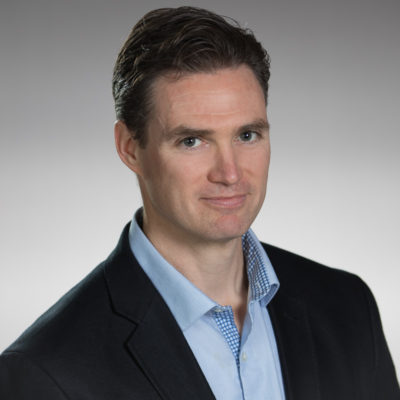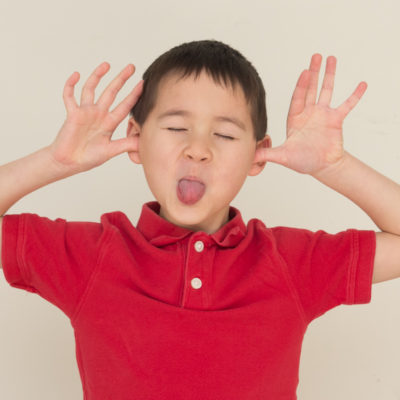Who should have professional head shots? Actors? Models? People with heads? If you answered all of the above, you are correct.
We live in a visual society. We are accustomed to screening people online with a click of a link, and dismissing them just as immediately with another click if we don’t have a great first impression. And as enlightened as we would like to think we all are, we judge in large part by visual appearance.
Professional head shots are about more than just looking attractive. Looking too attractive in the wrong way can hurt you in some cases. Your head shot should be in keeping with its purpose. Your business profile picture is probably not the same one that you would use on a dating website. An musician’s head shot will be different from an advertising executive’s, which will still be different from a lawyer’s. The pose, background, and expression should all work together to convey the right message. Typically, you want a shot that says, “I am capable and trustworthy, and I take my job seriously.” Cutting your head out of a group portrait with a vacation spot in the background generally doesn’t send that message.
But can’t you take your own picture with a plain background and a good camera? The internet is full of tips on how to take your own head shot. Who’s going to know the difference?
This a shot of my son years ago as part of a series we did imitating the Calvin and Hobbes headshot series. We just shot these casually in a room with window light. He relaxed for an instant in between cracking himself up with goofy poses.

The background is plain. The lighting is even and adequately lights his face. The expression is pleasant. Yet even if the subject were more than six years old and his collar didn’t need pressing, you would not think this was done as a professional head shot.
Compare to this:

There are catch lights in the eyes from the main light, which is also positioned to create a shadow on the opposite side of the face. Another light, not labeled, is lighting the whole face to keep the shadow from going too dark. An accent light subtly pops the subject out of the background. There is also another light, not labeled, which is shining on the background to make it a little lighter in the middle and darker toward the edges. Most people wouldn’t pick out all the different lights, but just about anyone would identify the second portrait as the professional one.
What else goes into a good head shot?
There are quite a number of factors, but expression is what I consider to be the most critical part. You want to appear confident, but not overbearing. Approachable, but not a pushover. You don’t have to be all smiley. For some professions, it can be more appropriate to be more subdued. But you want to look like you are relating to the person looking at your picture, not just staring into the camera with dead eyes like you’re being booked on a charge. For this reason, I suggest having someone at the session that you feel very comfortable with and who will help bring out your true personality.
The following head shots have slight changes in the lighting, expressions, backgrounds, and position of the camera in relationship to the subject. They all convey different feelings.




Because I had my camera tethered to my laptop, we were able to review the shots as we proceeded. My client was able to see what he did and didn’t like, and we made sure he was getting a shot that fit his professional image.
This is especially valuable, because on occasion, the image that the client likes best isn’t the one you would have necessarily chosen to represent him.

But then, the client knows best.





Leave A Comment